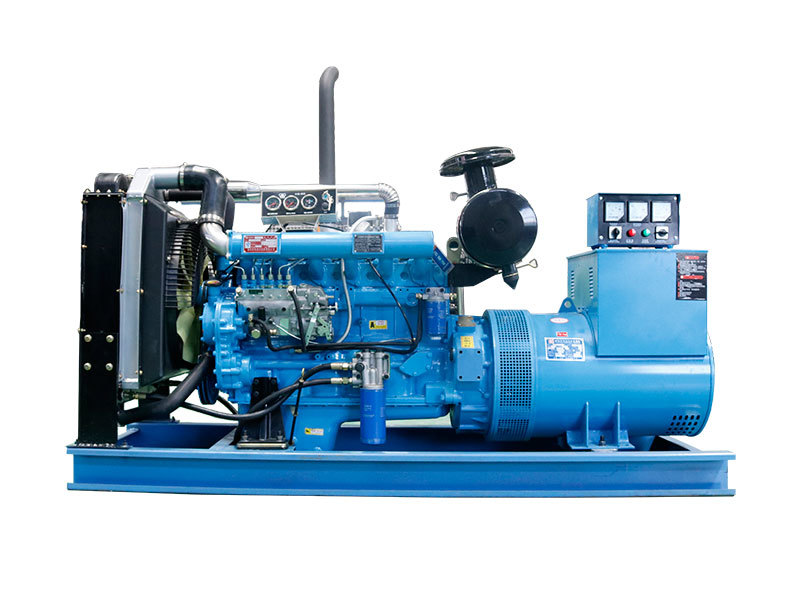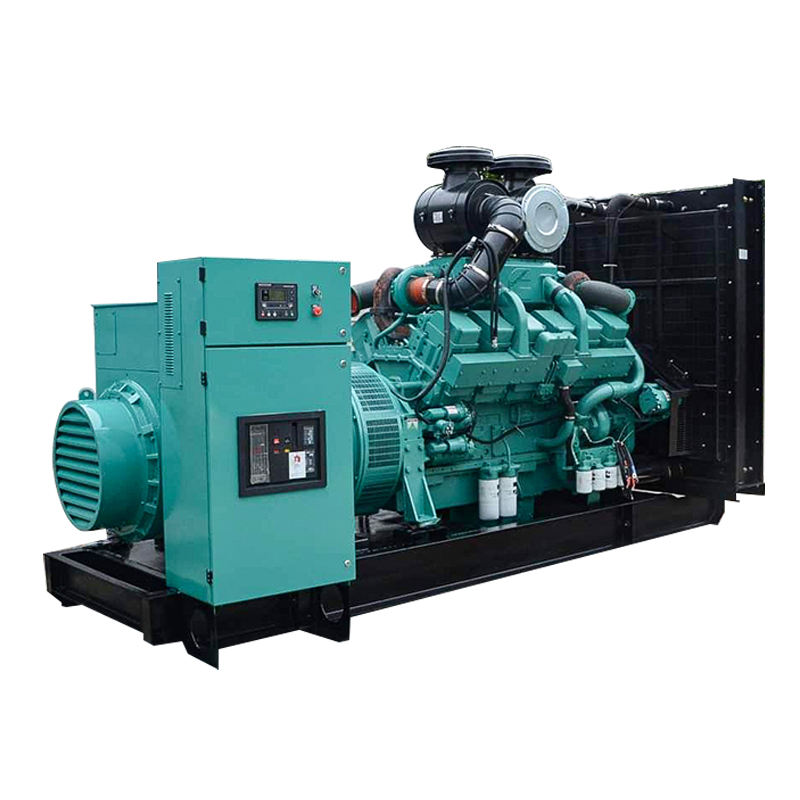
How an Alternator Generates AC Power
An alternator uses the principle of electromagnetic induction to generate electricity. Rotating magnets within the alternator create a fluctuating magnetic field around a stationary set of stator windings. This fluctuating field induces an alternating current in the windings. This is why the initial output of an alternator is AC. Think of it like a constantly changing wave, rising and falling in voltage and current.
The Role of the Rectifier
So, how does this AC power become the DC power your car needs? The key component is the rectifier, an essential part of the alternator assembly. The rectifier, using diodes, acts like a one-way valve for electricity, only allowing current to flow in one direction. This effectively converts the alternating current into pulsating direct current.
Smoothing the DC Output
While the rectifier converts AC to DC, the output isn't the smooth, consistent direct current required by most car electronics. That's where the voltage regulator comes into play. It works in conjunction with the rectifier to smooth out the pulsating DC, providing a stable voltage output to the car's battery and electrical systems. This regulated, stable DC power is what keeps your lights on, your radio playing, and your engine running.
Why Use an Alternator Instead of a DC Generator?
You might be wondering, why use an alternator with all these extra steps when older cars used DC generators? Alternators offer several significant advantages. They are more efficient, lighter, and more reliable than DC generators. They also provide better performance at lower engine speeds, making them ideal for modern vehicles with stop-start technology and varying driving conditions. Moreover, alternators can generate higher amperage, crucial for powering today's increasingly demanding electronic systems.
Troubleshooting Common Alternator Issues
A malfunctioning alternator can lead to various problems, including a dead battery, dimming headlights, or even a stalled engine. How can you tell if your alternator is the culprit? Common signs include a warning light on your dashboard (often a battery symbol), flickering lights, or strange noises emanating from the alternator itself. If you suspect your alternator is having issues, testing its output with a multimeter is a good first step.
Testing Your Alternator Output
If you're handy with tools, you can test your alternator's output with a multimeter. With the engine running, connect the multimeter's leads to the battery terminals. A healthy alternator should output around 13.5-14.5 volts. A significantly lower reading suggests a potential problem. Remember, always consult your car's repair manual for specific testing procedures. What would you do if your alternator fails while driving?
What to Do If Your Alternator Fails
An alternator failure can leave you stranded. If you notice signs of a failing alternator while driving, try to turn off any unnecessary electrical accessories like the radio, air conditioning, and heated seats to conserve battery power. Drive directly to a repair shop or call for roadside assistance. Continuing to drive with a failing alternator can eventually drain your battery, leaving you unable to start the car.
The Importance of Regular Maintenance
Regular car maintenance, including checking the alternator belt and its tension, can help prevent future issues. A worn or loose belt can reduce the alternator's efficiency and eventually lead to failure. Including an alternator check as part of your routine maintenance schedule can save you from costly repairs and inconvenient breakdowns down the line. Does an alternator put out AC or DC directly usable by your car's electronics?
Keeping Your Car's Electrical System Healthy
Understanding how your car's electrical system works, including the role of the alternator, can empower you to maintain your vehicle effectively. By recognizing the signs of a failing alternator and taking preventative measures, you can ensure your car remains reliable and ready for the road ahead. Remember, while the alternator generates AC, the intricate system of rectifiers and regulators ensures your car receives the DC power it needs.
By understanding the answer to the question, "Does an alternator put out AC or DC?", and the process involved in converting that power, you can better maintain your vehicle's charging system and address any potential problems before they become major headaches. Consider adding an alternator check to your next maintenance schedule and stay proactive about your car's electrical health.






